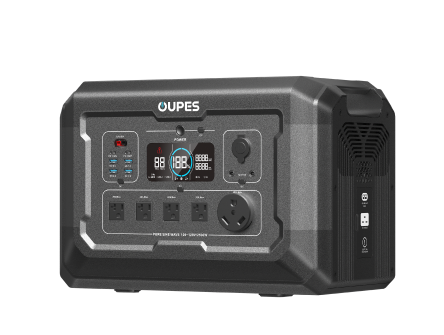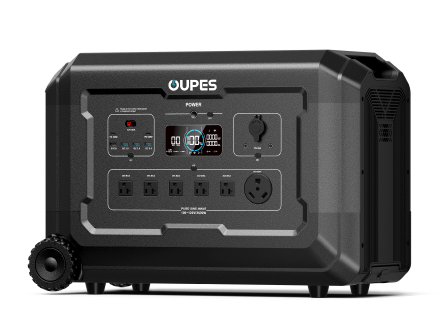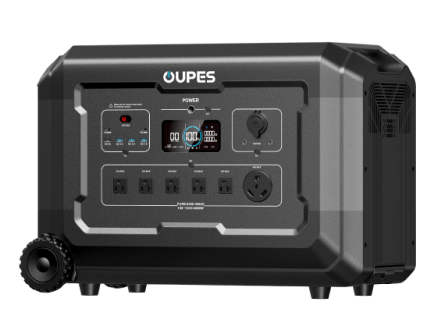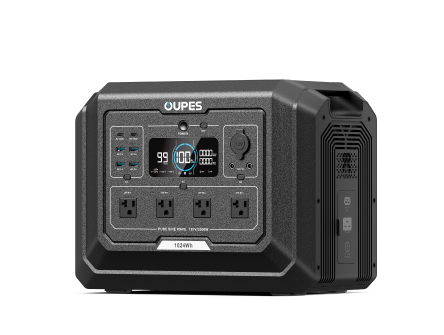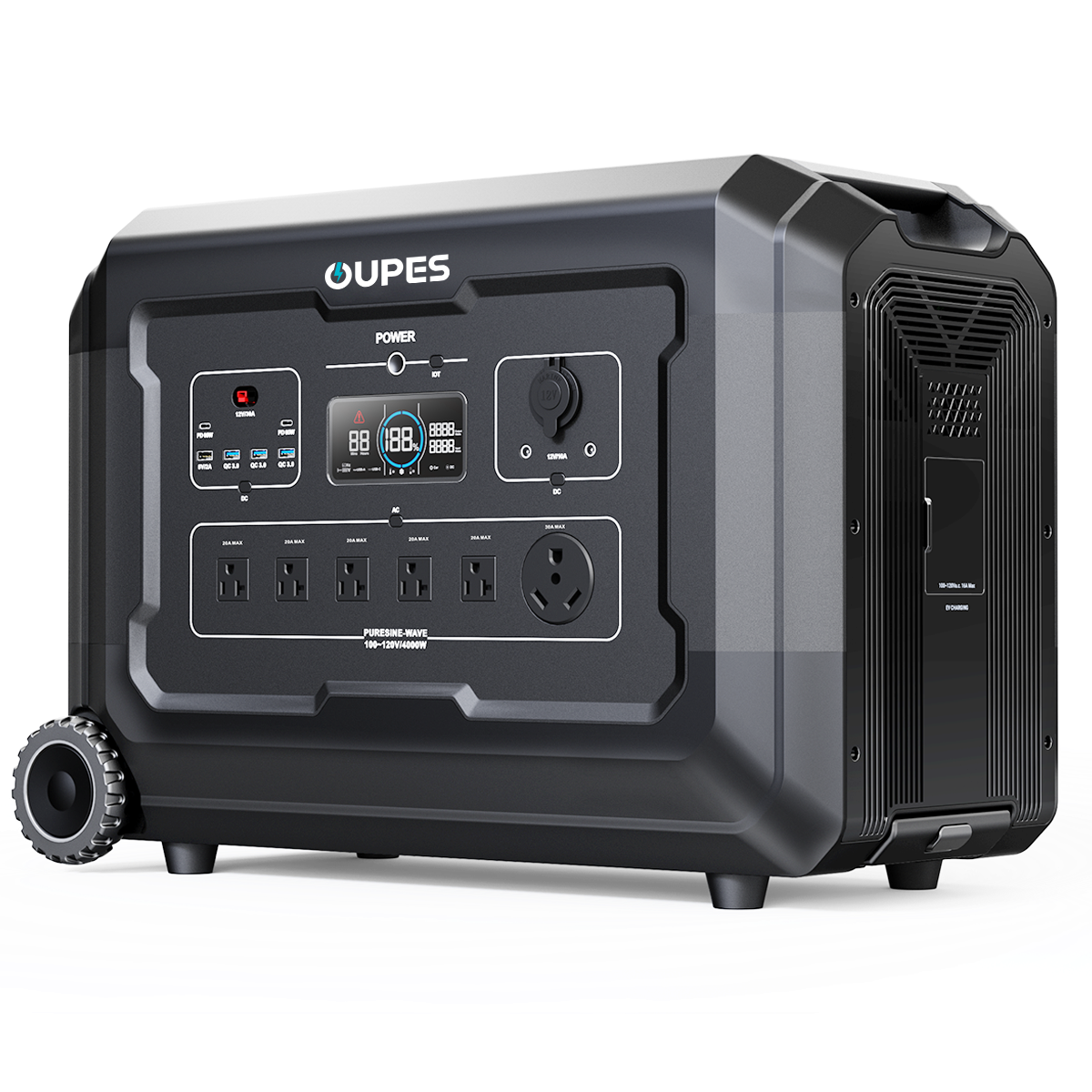
Imagine your refrigerator as a living entity—its compressor pulsing like a mechanical heart, drawing lifeblood from your solar power station. The question isn’t simply about hours or days, but about orchestrating a delicate dance between energy capture, storage, and expenditure. Portable solar stations promise liberation from the grid, but sustaining this vital appliance demands understanding its unique metabolic rate. From midnight compressor surges to the insidious drain of defrost cycles, we’ll decode the hidden algebra of refrigeration power dynamics.
This isn’t about spec sheet multiplication. Real-world runtime calculations must account for solar recharging rhythms, battery chemistry quirks, and the refrigerator’s secret second life as a phantom load. Whether you’re safeguarding vaccines or craft beer, mastering this energy tango transforms solar storage from gamble to guarantee.
Deciphering Refrigerator Power Signatures
Your refrigerator’s nameplate lies. That “700W” rating represents peak draw, not the sinusoidal reality of compressor cycles. Modern units operate 30-50% of the time, but startups demand 3x rated power for milliseconds—a surge that trips inferior inverters. Monitoring with a Kill-A-Watt meter reveals true consumption: a 21-cubic-foot French door fridge might average 1.8kWh daily, while a compact RV unit sips 0.9kWh. But ambient temperature warps these numbers—a garage installation in Phoenix summer could double compressor runtime.
Defrost cycles add hidden loads. Frost-free models activate 40W heaters 2-3 times daily for 20-minute sessions, adding 0.16kWh to daily needs. Door openings trigger recovery spikes—each 10-second opening forces 15 minutes of extra cooling. Smart solar stations like the OUPES Mega 5 counter this with adaptive load management, learning usage patterns to pre-chill before peak access times.
Seasonal adjustments alter the equation. Winter’s cooler ambient temps reduce compressor workload—a 30% efficiency gain in northern climates. But battery performance plummets in cold, requiring self-heating LiFePO4 systems to maintain charge acceptance. The true art lies in balancing these variables across 24-hour cycles.
Solar Power Station Anatomy
Battery chemistry dictates endurance. A 2kWh lead-acid bank (50% usable) provides 1kWh—enough for a midsize fridge for 12 hours. Upgrade to LiFePO4 (90% usable), and the same capacity stretches to 22 hours. OUPES’s ArmorCell technology pushes further, offering 95% depth of discharge without cell degradation. But capacity alone isn’t king—charge/discharge rates matter. A fridge’s surge demands require batteries with 2C continuous discharge ratings, available in premium lithium systems.
Inverter efficiency proves equally critical. Modified sine units waste 25% energy as heat versus pure sine’s 10% loss. The OUPES FlexWave inverter achieves 94% efficiency even at 90% load, crucial for handling compressor startups. Solar input must match consumption: a 2kWh station needing 1.6kWh daily recharge requires 400W of panels at 4 peak sun hours. MPPT charge controllers squeeze 30% more energy from marginal light than PWM models.
Parasitic drains lurk everywhere. Bluetooth modules (0.8W), LCD displays (1.2W), and standby circuits (0.5W) conspire to bleed 2.5kWh monthly—enough to power a fridge for a day. Advanced stations like the OUPES ZeroDrain combat this through optical relay disconnects, reducing idle loss to 0.08W.
Environmental Calculus
Temperature is the silent runtime assassin. Lithium batteries lose 30% capacity at -4°F unless heated—a process consuming 5W continuously. At 95°F, battery lifespan halves through accelerated electrolyte decay. Solar panel output drops 0.5%/°C above 77°F—Arizona summers can sap 15% productivity. The OUPES ClimateArmor system counters this with active thermal management, diverting excess solar energy to cooling fans during peak heat.
Humidity breeds inefficiency. Morning dew on panels causes 20% output loss until evaporation—tilted mounts and hydrophobic coatings mitigate this. High humidity increases fridge workload as moist air requires more energy to cool. Coastal salt spray corrodes contacts, adding resistance that bleeds precious watts. Marine-grade stations with gold-plated terminals and conformal-coated circuit boards withstand these assaults.
Altitude alters performance. Thin air at 10,000 feet reduces heat dissipation, forcing inverters to derate by 15%. Solar panels gain 2% efficiency from reduced atmospheric scattering but suffer from colder temps. The OUPES HighAlt series compensates with turbocharged fans and cold-optimized electrolytes.
Real-World Endurance Scenarios
Urban Blackout: A 3kWh OUPES Titan station powers a 18-cu.ft fridge (1.6kWh/day) for 34 hours without sun. With 600W panels recharging 2.4kWh daily, indefinite operation becomes possible if rationing to 80% capacity.
Off-Grid Cabin: A 12V DC fridge (0.7kWh/day) paired with a 1kWh station and 200W panels runs perpetually in summer, but winter’s 2 sun hours require battery buffering. Adding a 2kWh expansion pack ensures 3-day autonomy during storms.
RV Nomadism: A 10-cu.ft absorption fridge (1.2kWh/day) challenges solar systems with constant 120W draw. The OUPES Nomad Pro’s dual MPPT controllers and 3kWh battery maintain 48-hour runtime while driving, using alternator charging as backup.
Conclusion: The Chronology of Solar Refrigeration
Runtime isn’t a fixed number but a dynamic equation—a negotiation between photovoltaic harvest, battery stewardship, and refrigeration demands. Modern LiFePO4 systems like OUPES’s SolarCore series blur the line between temporary backup and permanent solution, especially when paired with intelligent load management.
The ultimate answer lies in overspecification: design systems for worst-case scenarios—cloudy winters, aging batteries, growing families. When properly calibrated, solar stations don’t just run refrigerators; they grant immunity from grid fragility, turning your kitchen into a bastion of cold certainty.

